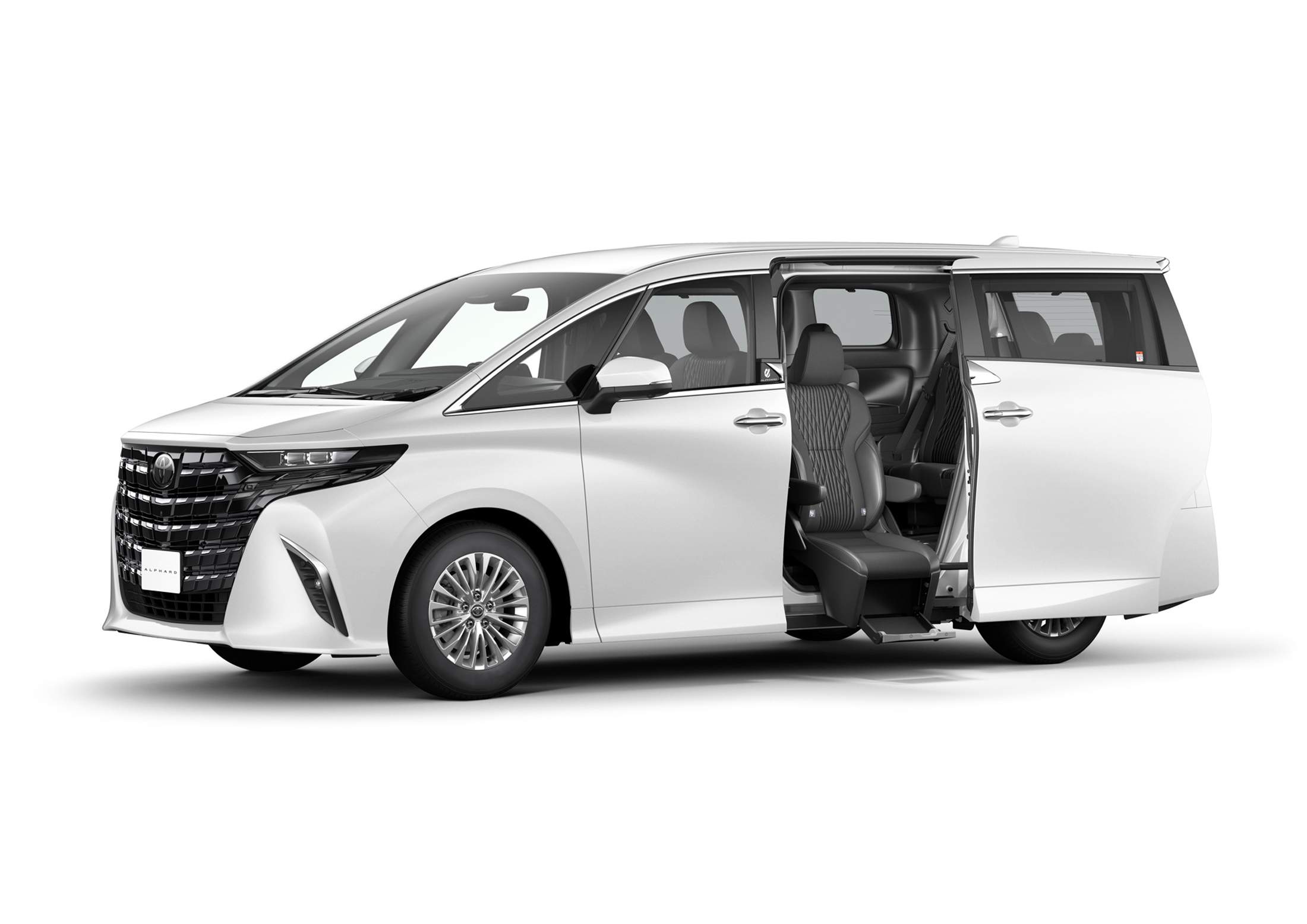September / Global
The Agenda
The stories you should be paying attention to – and the ones you might have missed.
motoring –––– asia
Chauffeurs’ choice
James Chambers on the ubiquity of the Toyota Alphard and why this status symbol might soon have competition.
When it comes to ferrying wealthy families around Asian cities, the Toyota Alphard is king of the road. During rush hour at Bangkok’s top international schools, fleets of this minivan enter and exit the gates, each dropping off one child. The only regional variation seems to be the colour: white in Bangkok and black in Hong Kong. Lunch at the Peninsula? Charity event at the Hong Kong Jockey Club? C-suiters leave their Bentleys and Rolls-Royces at home. Alphard’s “executive lounge” model costs about hk$1.2m (€148,000) – a value-for-money investment in quality of life.

In Asia, travelling in comfort is the ultimate status symbol. The Alphard’s cabin might be bigger than that of an suv (it’s billed as a seven or eight-seater) but Asians buy Alphards to sit in one of the two armrest-equipped leather- upholstered seats behind the driver and enjoy the space inside. The 2024 Alphard has seats that convert into an ottoman position at the touch of a button, while a model displayed at last year’s Japan Mobility Show (a “spacious lounge” concept) featured clothes hanging up at the back.
Alphards aren’t for driving either. Not by their owners, anyway. The affordability of chauffeurs in Asia adds to the model’s appeal. Being driven in the back of an Alphard is quiet luxury on four wheels – and certainly beats trying to navigate Hong Kong’s winding roads or Bangkok’s cluttered side streets. The Alphard, however, is not yet everywhere in Asia. In Metro Manila, for instance, where poor-quality roads are regularly flooded and families tend to have more children, only wealthy Filipinos can afford a vehicle that focuses on comfort over function. The Toyota Fortuner, with its high-road clearance and extra seats, is a far more popular choice. But the fact that Alphards are becoming more common on Manila’s roads points to the city’s investment in infrastructure (see 'Hold my beer').
It’s difficult to think of an equivalent people-carrier in Europe. The Renault Espace became popular with families in the 1980s and 1990s but never made the business crossover and has since been reduced in size and recategorised as an suv. In contrast, Asian car manufacturers are clearly convinced that this plus-sized car model has a big future. South Korean and Chinese manufacturers are bearing down on Toyota’s number-one status all over the region and even the Alphard’s crown is not safe. The Hyundai Staria has become a common sight in Bangkok. Smooth and curvy where the new Alphard is sharp and angular, it is the successor to the Starex, which was always more transit van than luxury transport. “More room for luxury” is the tagline, while the marketing images include a mother leaning on the boot while her daughter crawls on a convertible bed (in East Asia, camping has somehow become a status symbol).
In Hong Kong, meanwhile, mainland Chinese brands are making visible headway. SAIC’s fully electric Maxus MIFA 9 is proving popular. An electric Alphard is rumoured to be launching in the next few years, by which time Toyota might be facing competition on the domestic front as well. Nissan unveiled its all-electric Alphard-killer at October’s Japan Mobility Show. The Hyper Tourer concept car champions autonomous driving and the sales pitch focuses on spending quality time with family and friends. As robots take control of the wheel, these luxury lounges on wheels might soon become the only way to get from A to B. —


